Omi Jingu the Home of Karuta and Emperor Tenji
It is not so widely known that Shiga served as the capital of Japan for a time. During the late 7th century one of Japan’s boldest and influential emperors, Emperor Tenji (originally Prince Naka no Oe), settled near Lake Biwa. Omi Jingu stands on the original site of his palace.
Omi Jingu
Believing that it was now too dangerous for Asuka to remain the capital, he moved the capital from Asuka to Omi, near Lake Biwa. There he built his palace, the grounds of which today are Omi Jingu.

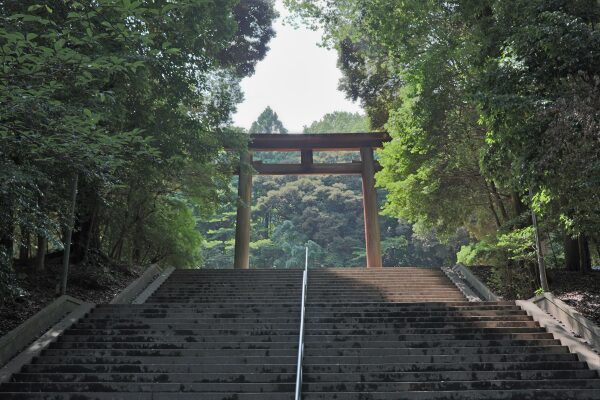
The shrinw was built in 1940 to commemorate the 2,600th year of the rule of the Japanese imperial family.
Once you go through the Romon gate, you will see the haiden.
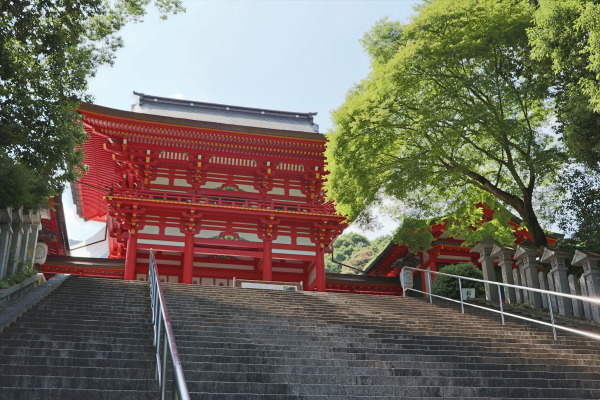
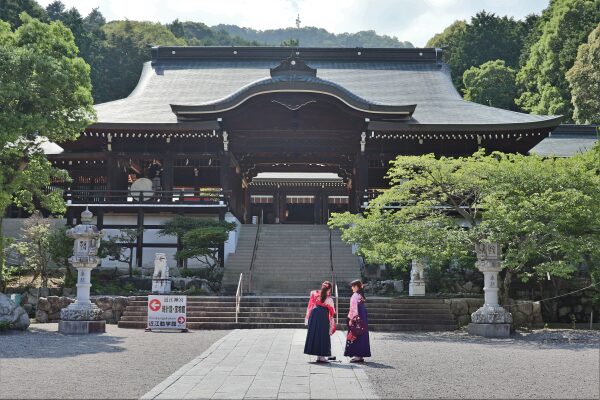
Clocks
Emperor Tenji is credited with the introduction of clocks to Japan from China. His first Japanese clock was called Rokoku, in which water flows from the top box to the lower boxes and the marks in the boxes indicate time.
For this reason, there are many clocks throughout the shrine grounds that were donated by various clock companies.
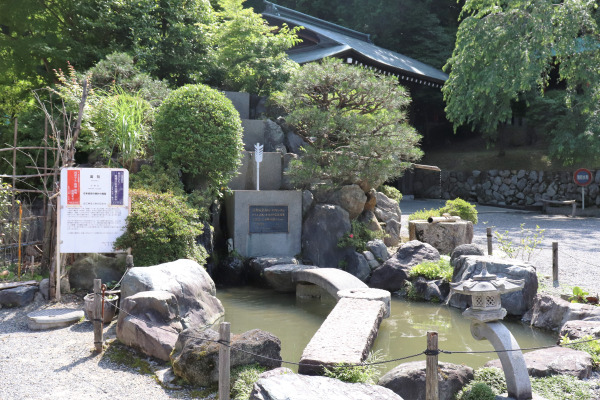
Karuta
Omi Jingu is also a big place for competitive karuta, a kind of Japanese card game.
In karuta, opponents have decks of cards with half of an old poem, a waka, written on them. The objective of the game is to listen as a reader narrates the other half of the poem and to slap the matching half before your opponent. The poems for the game come from 100 poems in Ogura Hyakunin Isshu. Coincidentally, the very first poem in Ogura Hyakuin Isshu is by none other than Emperor Tenji.
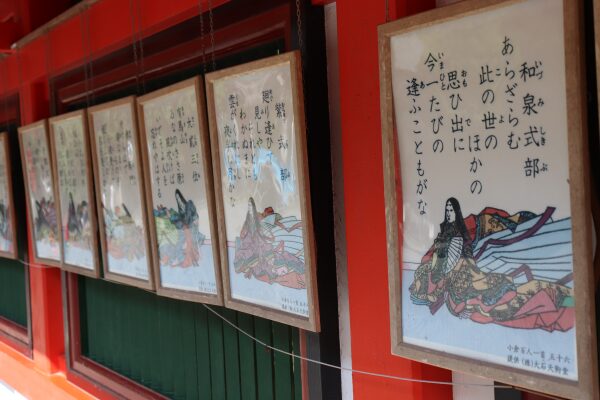
Omi Jingu hosts the national finals for competitive karuta every year.
Information
| Address |
1-1-1 Jingucho, Otsu City, Shiga Prefecture
|
| Website |
|
| Directions |
10 minutes from Otsukyo Station of JR Kosei Line.
|
| Hours |
AM6:00~PM6:00
|
| Admission |
Free. It costs 3oo yen for the clock museum.
|
| Note |
|

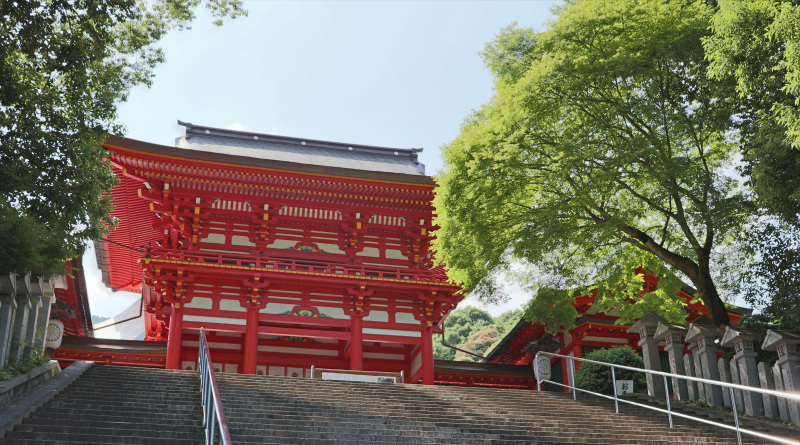
Leave a Reply